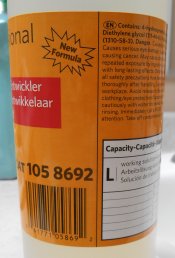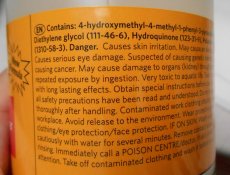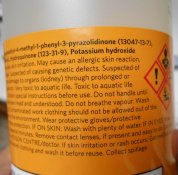By all accounts it did last a very long time. I don’t know how long, since I don’t know of any sensitometric data on any of this. But yes, certainly longer than than most, if not all general purpose developers.
My point was that its capacity/concentration and longevity were its only special qualities, and that if it turns out the shelf life of the reformulation has been significantly shortened, it will have lost the characteristic that made it economical for low volume users who need several years to go through a bottle. Without that, it has little to offer a low volume user.
I will again highlight this all assumes the new version has a much shorter shelf life. We don’t know. I threw out one year as nothing more than an example of a reasonable minimum. It could be two years, three years. I have no idea.
Sorry if this is all coming off as harsh. I do sympathize. Along with all darkroom practitioners, I have been through these kinds of disruptions several times before, not to mention the lack of good information from the manufacturers. If the new formula doesn’t last as long, and you still want to use it, you’re kind of stuck buying a new bottle every year or two years and throwing away what you haven’t used.
It would be nice if the new formula were offered in smaller sizes, which would eliminate or at least significantly lessen the need for it to last for years.














